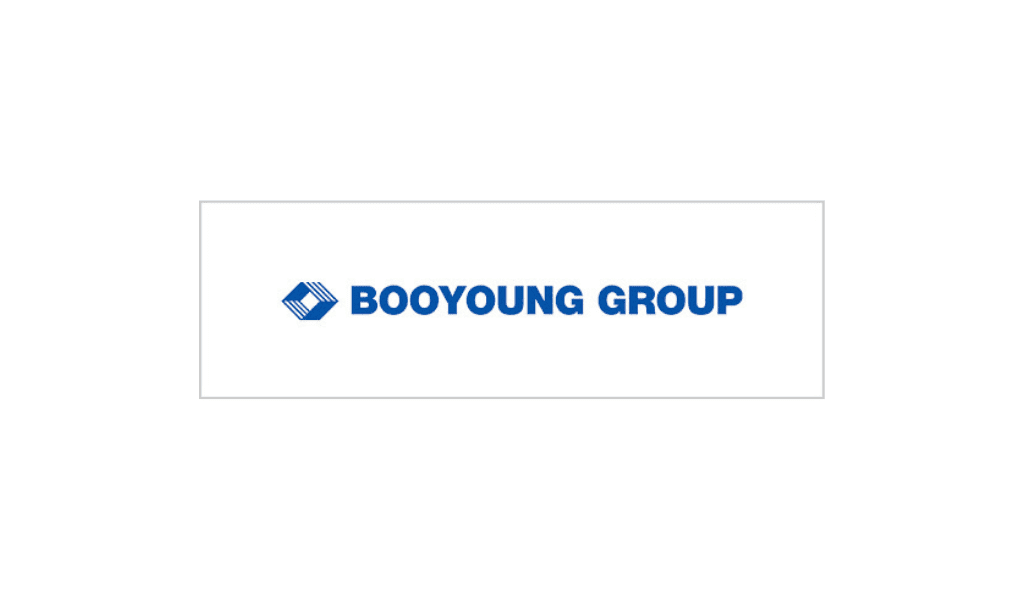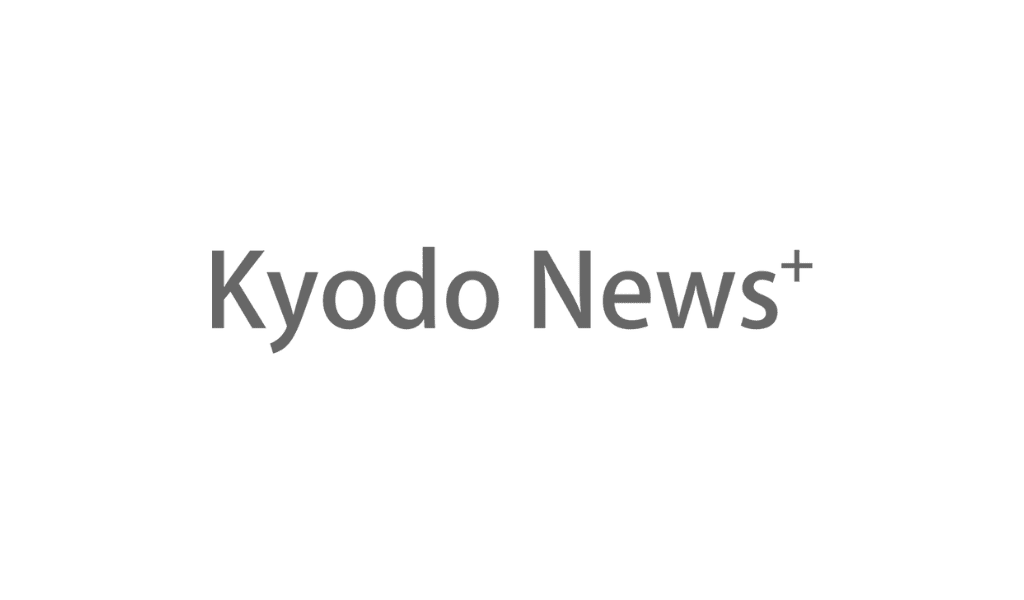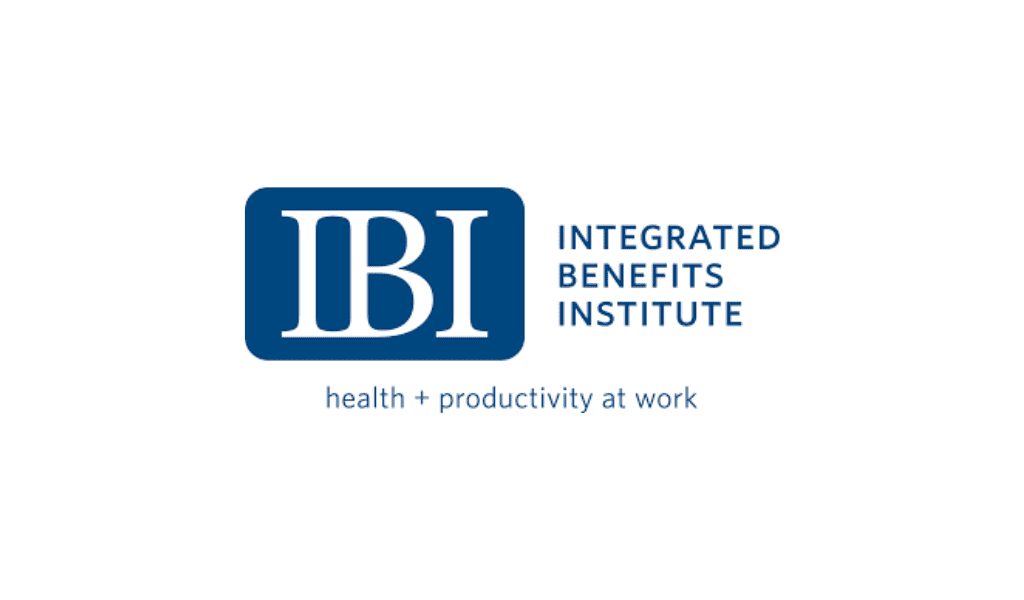There’s increasing pressure for employees to make the right decisions when selecting healthcare plans. Technology interfaces can help.
By Sandy McCarthy
Today’s workforce is accustomed to managing work and life online through digital portals that extend from their desktops to their mobile platforms that provide unprecedented access and convenience. Organizations should deliver technology to match this new reality.
That means a high level of consumer-focused design and mobile-oriented functionality. It means providing a clear and personalized experience that employees want and expect. This is especially true for Millennials who are defining the modern workforce. It’s no longer enough to lead these employees to a static online site for retirement savings or healthcare enrollment, and then expect them to figure things out for themselves.
Instead, benefits platforms should have clear and engaging graphic interfaces, personalized decision- support, and financial calculation tools. The result will be more empowered employees who embrace a new level of accountability and recognize that their future well-being, financial security, and successful retirement are very much the result of the decisions they make today.
Indeed, any of these important decisions can be a challenge:
- choosing the right health plan for appropriate individual or family needs;
- investing in voluntary benefits that enhance quality of life and long-term security; and
- calculating a level of retirement savings that allows for current expenses to be met and future security to be assured.
In terms of the online HR experience, the standard approach has been rather minimal -a menu of choices and some basic enrollment support. But as the world of HR has evolved through such innovations as private exchange marketplaces and digital platforms that can rival the user experience of the best consumer sites, organizations should expect these advances as well. Plus, many of today’s interactions are going mobile. In the United States, 58 percent of adults own a smartphone and 42 percent own a tablet, according to the Pew Research Center Internet Project. Today’s consumers use mobile devices to check off many to-do list items -from paying bills to tracking fitness routines -and managing benefits should be no exception.
What’s called for are seamless inquiry and transaction capabilities across all desktop, tablet, and mobile devices, enabling participants to manage benefits anytime, anywhere, with a consistent experience no matter the device.
By integrating popular retail site functionality, such as shopping cart technology, cost and feature comparisons, and personalized guidance, organizations could present employees with a familiar experience, resembling the applications encountered in everyday life. User-friendly features can make the benefits management process more intuitive and manageable for individuals.
Decision support and strategic content can help consumers maximize their benefits and take advantage of cost-saving opportunities. In addition, advanced personalization helps bring educational and program content to employees based on their specific interests and situations.
There have been some clear improvements with a modern, easy-to-use digital experience. According to client data Mercer culled from the 2015 open enrollment period, one company achieved 97 percent online health and benefits enrollment rate. In this case, only 3 percent of enrollment activity was processed through service center representatives or administrators. But more impressively, there was a 29 percent reduction in call-center volume compared with the previous year’s enrollment period. And on average, employees spent less than 14 minutes on the site navigating and completing the enrollment process online.
And that’s how the online experience should be trending. Reducing call center volume means more than less traffic clogging the lines and reduced costs. It also means that more operators are available to handle the toughest cases for the employees who need the most help at open enrollment. Good design principles can make a big difference, helping to deliver information uncluttered by jargon, with clear instructions and a responsive interface.
Such progress and innovation is vital because benefit choices, complexity, and costs continue to increase. Employees face greater responsibility and consequence in selecting and managing their benefits. State-of- the-art solutions can help participants become more capable, confident consumers of their health and retirement plans.
Employees expect a personalized experience, clear guidance to support informed decision making, and simplicity of choice in order to eliminate confusion and create confidence. That calls for consistency throughout the site, regardless of the device used.
Ultimately, the challenge for organizations is to make it easier for individuals to make their benefits decisions and they can help by maximizing today’s technology.
Sandy McCarthy is a senior partner with Mercer, and leads Mercer’s benefits administration business. She may be reached at sandy. mccarthy@mercer.com.














